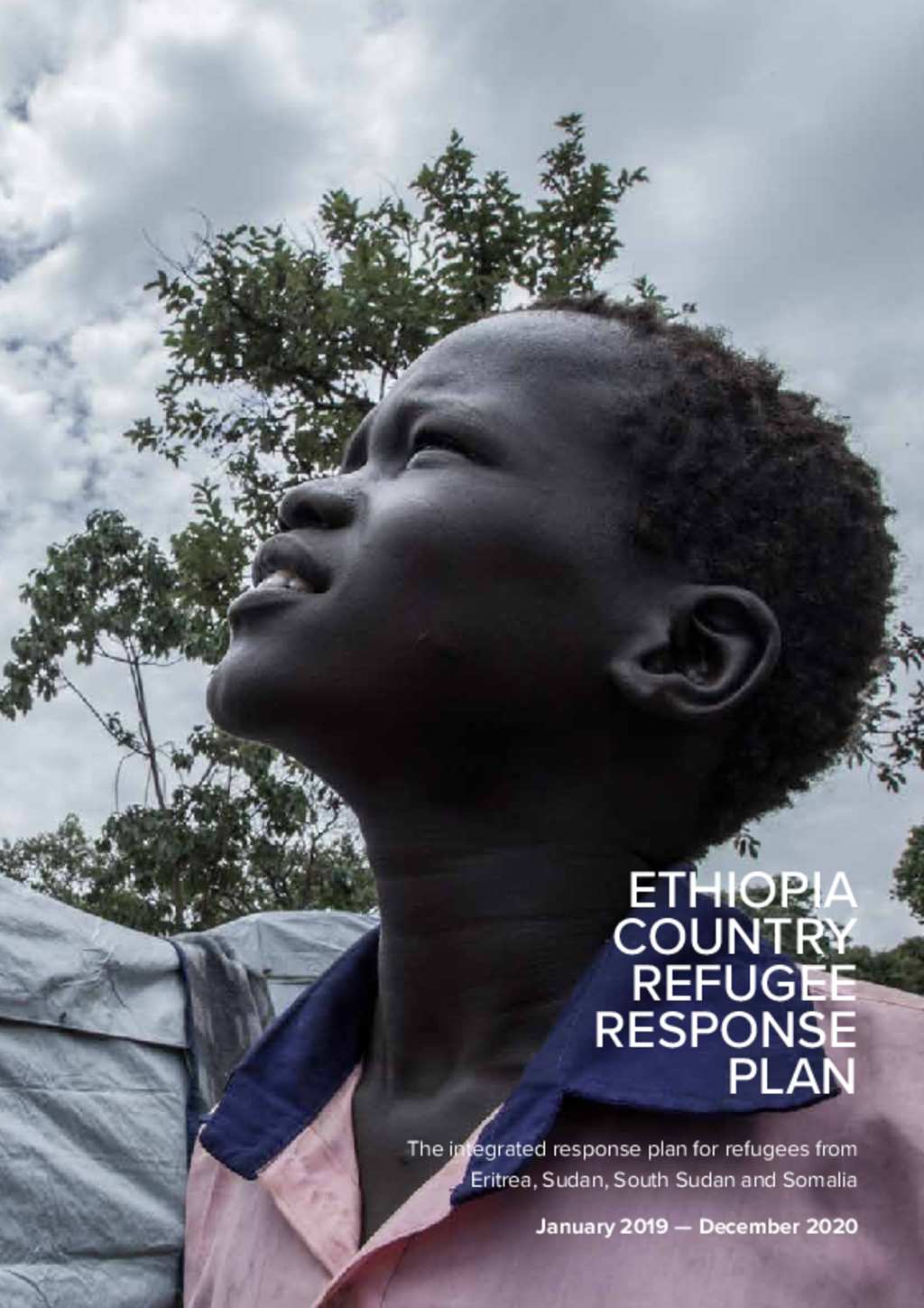It was no surprise that the AU Summit, held under the theme of “The Year of Refugees, Returnees, and Internally Displaced Persons: Towards Durable Solutions to Forced Displacement in Africa,” took note of the fact that Ethiopia’s new refugee law is one of the most progressive refugee policies in Africa. Certainly, the changed law will enhance the lives of both refugees and host communities; and it is now being supported by the Ethiopia Country Refugee Response Plan (ECRRP), issued earlier this month.
The ECRRP Plan covers the period January 2019 to December 2020, and outlines the intended collective response of 54 humanitarian and development agencies over the next two years in support of all the registered refugee population groups in the country. The Plan aims to ensure that all the support for refugees is carried out within an agreed framework of objectives and performance, allowing for coordination and the provision of timely and effective protection and support for refugees. The Plan also provides for quarterly sectoral reports, itemizing progress against planned deliverables, and a mid-term review at the end of the year to offer the option of reflecting operational changes.
Ethiopia, of course, maintains an open-door policy for refugees, and allows humanitarian access and protection to those seeking asylum on its territory. The House of Representatives’ revisions to the national refugee law, issued last month (January 17), allows refugees the right to work and reside out of camps, access social and financial services, and register life events, including births and marriages. Ethiopia now has one of the most progressive refugee policies in Africa, providing refugee protection within the framework of international and national refugee laws as well as the international human rights treaties that have been ratified by Ethiopia
There are currently over 905,000 refugees hosted in Ethiopia, the majority from Eritrea (173,879), South Sudan (422,240), Sudan (44,620), and Somalia (257,283), though Ethiopia also provides protection to refugees from some 26 countries. The majority of refugees are located in camps in Tigray; Afar; Benishangul-Gumuz; Gambella; and Somali Regional States.
At the close of 2017, the Government formally launched the Comprehensive Refugee Response Framework (CRRF) in Ethiopia, effectively paving the way for the implementation of the nine pledges it made at the Leaders’ Summit on Refugees in New York in 2016. Through these pledges, Ethiopia offered to: expand its out-of-camp policy (OCP); provide work permits to refugees; increase enrolment in primary, secondary and tertiary education; provide access to irrigable land for crop cultivation; facilitate local integration in instances of protracted displacement; earmark a percentage of jobs within industrial parks to refugees; and provide access to vital events documentation to facilitate increased access to basic and essential social services.
The Response Plan allows for innovative, cost-effective and sustainable ways to deliver basic needs and essential services, including life-saving activities. It provides a comprehensive protection and solutions strategy which covers: preserving and enhancing the protection of the environment and living conditions; expansion of improved community-based and multi-sectorial child protection; strengthening access to basic services; expanding labour opportunities; and supporting the implementation of the pledges to expand access to rights, services, and self-reliance opportunities in the longer-term. It will also place an emphasis on the expansion of existing community facilities in health, education, WASH, environmental protection, social protection and gainful employment.
The financial requirements detailed for 2019 and 2020 amount to US$1,288,604,352. The report breaks the figures down under eight different sectors: Protection, Education, Energy & Environment, Food security, Health &Nutrition, Livelihoods & Resilience, Shelter & NFIs, and WASH. Among the major contributors to the response plan are the Danish Refugee Council; The UN Food and Agriculture Organization; International Organization for Migration; Norwegian Refugee Council; Office of the United Nations High Commissioner for Refugees; Oxfam GB; Save The Children International; The International Rescue Committee; The Lutheran World Federation; United Nations Children’s Fund; and the World Food Program.
